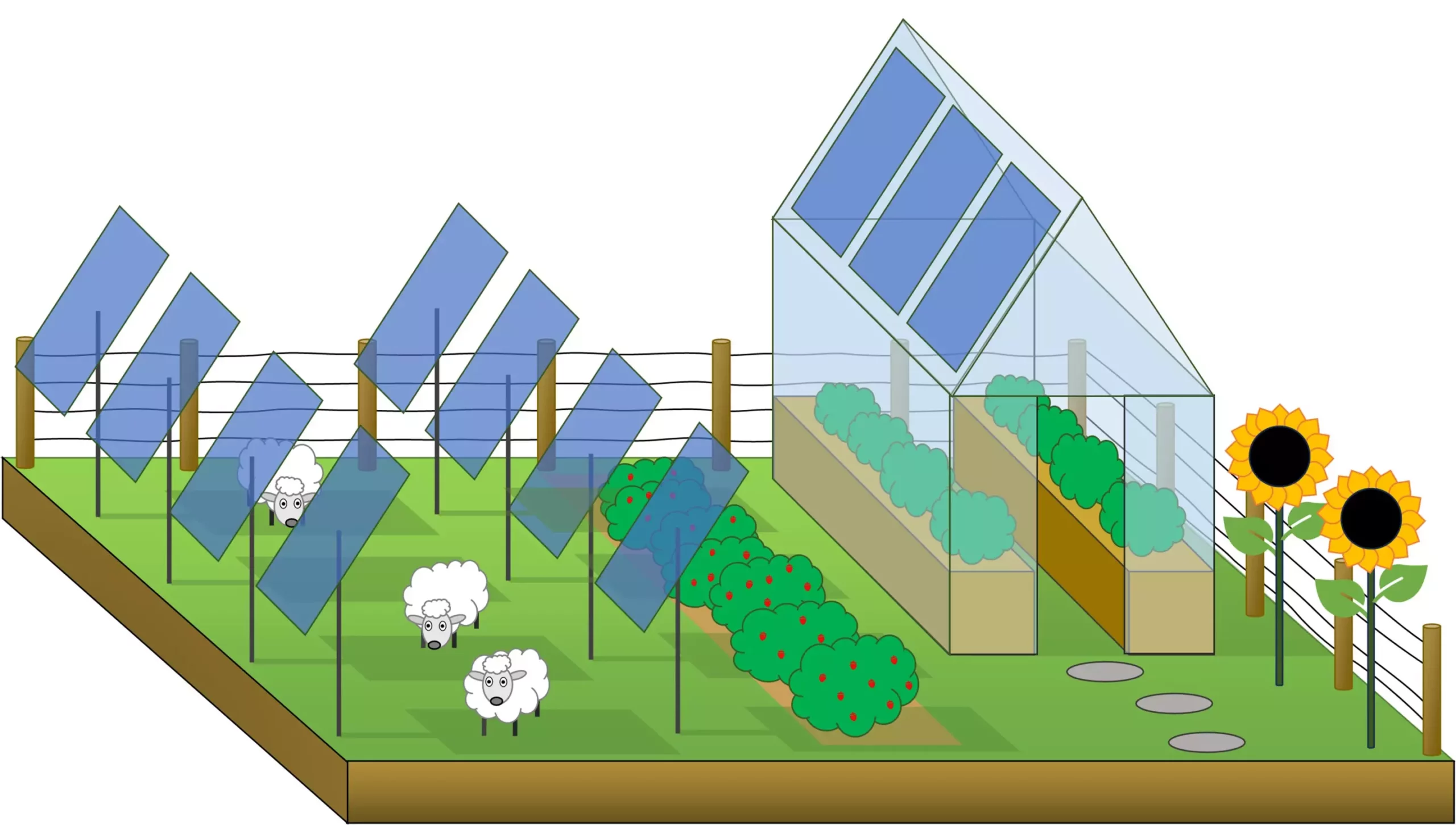Agrivoltaics is rapidly emerging as a transformative approach in enhancing agricultural productivity while harnessing solar energy. Researchers at Swansea University have recently introduced an innovative tool designed to inform the selection of optimal photovoltaic (PV) materials that can efficiently support crop growth while simultaneously generating solar power. This unique intersection of solar technology and agriculture not only promises increased sustainability but also addresses the pressing need for renewable energy in food production.
The research team at Swansea has made notable strides with their development of a freeware tool for predicting the performance of various semi-transparent PV materials across different geographical locations. This tool employs essential measurements of geographical, physical, and electrical properties to forecast light transmission, absorption, and energy generation capacity. Lead author Austin Kay, a Ph.D. candidate, emphasized the potential of this technology in balancing food production with renewable energy generation. This groundbreaking software represents a significant advancement in precision agriculture, where data-driven decisions are crucial for maximizing outputs and sustainability.
At the heart of optimizing agrivoltaic installations lies a critical understanding of the interaction between PV materials and plant growth. Each PV material has distinct properties in terms of light absorption, which is governed by its bandgap – a fundamental concept in materials science. A wider bandgap allows for the absorption of high-energy, shorter wavelength blue light, while a narrower bandgap optimizes the absorption of longer wavelength, lower-energy red light. As most plant species primarily rely on red and blue spectrums for photosynthesis, the researchers aim to fine-tune the spectral characteristics of semi-transparent PV panels for the benefit of crops, effectively allowing plants to absorb the necessary wavelengths while converting sunlight to energy.
This blend of agriculture and photovoltaics has far-reaching implications for the agricultural sector’s sustainability. Associate Professor Ardalan Armin, the project lead, pointed out that optimizing solar panel integration in farming practices could significantly advance the decarbonization efforts within agriculture. By increasing the efficiency of land use and generating clean energy, agrivoltaics not only improves energy security but also augments food security. This innovation could lead to reduced reliance on fossil fuels in farming, thus addressing both environmental and economic challenges within the sector.
Implementing PV technologies within agricultural settings can take multiple forms, from integrating solar panels on greenhouse roofs to providing shade for livestock. Such setups minimize disruption to traditional farming practices while ensuring enhanced power generation. Additionally, using animals to manage growth around solar installations lowers maintenance needs, but it’s essential to consider the type of livestock. Certain species, like goats, pose a risk by potentially damaging solar structures. Therefore, careful planning and species selection remain paramount for the successful implementation of agrivoltaic systems.
As global demands for food and energy continues to rise, innovative solutions like agrivoltaics highlight the potential of synergizing agriculture and renewable energy. By leveraging the tools and knowledge emerging from research at institutions like Swansea University, we move closer to a sustainable future where food production and energy generation can coexist and flourish on the same land. This strategic pairing not only promotes ecological balance but also sets a precedent for how we address the dual challenges of climate change and global food security.


Leave a Reply